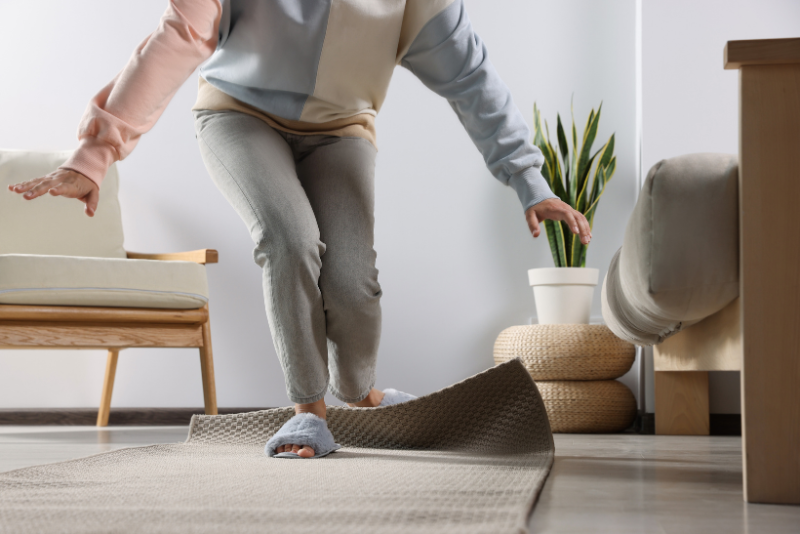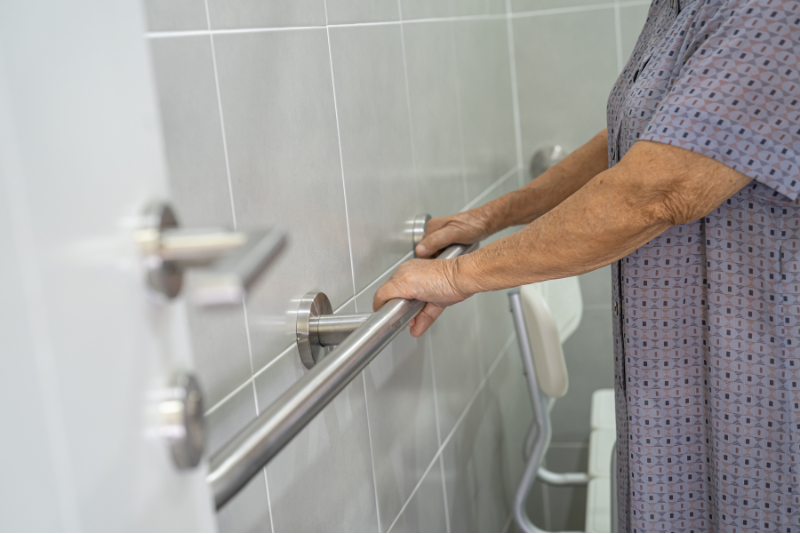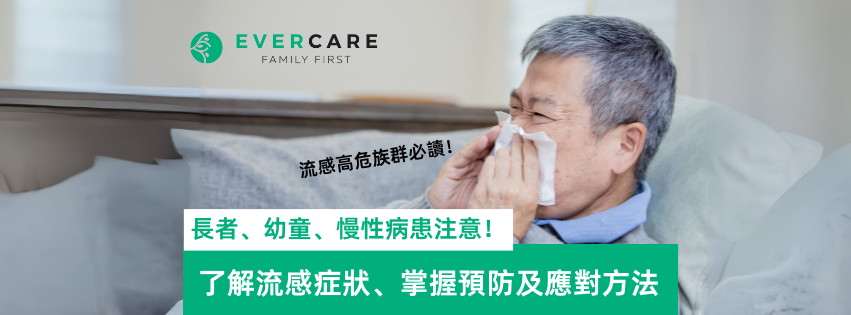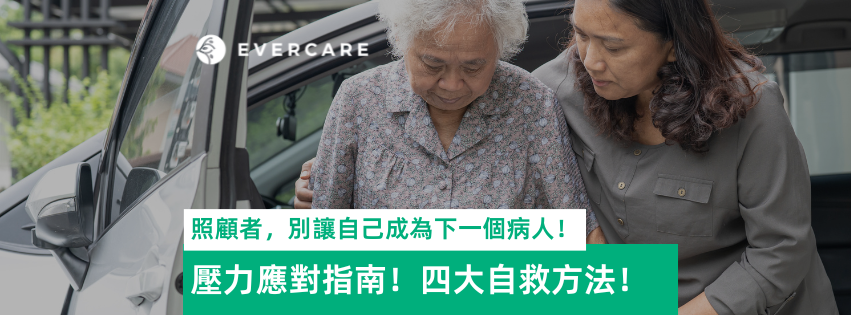Over 90% of seniors prefer to stay in their own homes as they age, which makes it our responsibility to create a safe environment that enables our loved ones to move freely without the risk of falling. According to Elderly Health Services, falling is one of the most common causes of injury amongst elderly. Over 60% of falls occur at home, of which 37% were due to environmental factors. Although the chances of falling inevitably increase with age, environmental hazards (e.g loose rugs, uneven walkways) are risk factors that can be easily prevented.

Fall preventative measure #1: Keep a clear and dry walking surface
Slips and falls can happen when there is not enough grip between the walking surface and your footwear. To make sure your loved ones can stand firmly, avoid waxing or coating the floor, and clean up or mark wet areas immediately.
Apart from making sure there are no obstacles and clutter on the ground, here is a housekeeping checklist you can refer to:
✅ Are the edges of carpets and rugs flat and not tilted up ?
✅ Are loose cables tied up and long cables placed at a fixed position, ideally stuck to the wall?
Here are some things you should also look out for in your bathroom:
✅ Is there a non-slip mat in the shower area?
✅ Have you considered installing assistive devices? eg: shower chairs, grab bars, bath boards, commode chair
✅ Is the toilet and wash basin at a suitable height?
✅
Are showering equipments placed at a reachable place?
IS YOUR PARENT having trouble balancing or walking on their own?
Our team physiotherapists and occupational therapists can provide in-home assessments to evaluate your family's mobility levels and fall risks. Learn how our fall prevention program can protect your loved ones from serious falls and costly hospitalisations.
Fall preventative measure #2: Install proper lighting & visual cues
Lighting:
As your loved ones grow older, their eyesight will undoubtedly deteriorate. Ambient and sufficient lighting around the house can help the elderly see clearly and maintain their sense of balance.
If your loved ones live alone, regularly help them check and replace light bulbs. Check out this table to help you assess your lighting situation at home and make modifications:
List of Services
-
Natural lightList Item 1
A great way to brighten up the house naturally is opening the curtains and blinds. Natural light also makes the space feel more energetic, which will benefit your loved one’s well-being.
-
Motion Sensing Light
Wireless, stick-on, motion-activated lights are a good option for those with cognitive difficulties and reduced mobility, as they automatically light up dim areas upon sensing motion.They can help to reduce the risk of tripping or misjudging distances.
List of Services
-
Smart lightingList Item 3
Smart lighting can be considered for elderly who have reduced mobility. Examples include activating light controls through phone, voice commands and remote controls.
For those with less flexibility and strength in their fingers, touch switches are more elderly-friendly as opposed to traditional switch knobs.
-
Night LightList Item 4
Night lights should be installed in corridors, bedrooms and bathrooms. This is especially important for elderly who frequently use the bathroom at night.
Visual cues: can help reduce the risk of falling if your loved ones have visual impairment or cognitive difficulties. Here are some ideas on how you can implement visual cues at home:
- Paint the edge of a step or door thresholds with contrasting colors.
- Apply non-slip safety tape to high-risk areas (eg: stair steps) to provide better traction.
- Utilize print labels for items that are frequently used (eg: medication bottles, shower items) to help elderly with impaired vision better identify them.
- Caution signage can help alert the elderly of any slippery areas or low-hanging objects.
Fall preventative measure #3: Choose the right furniture and assistive devices
Finally, choosing suitable, fall-prevention furnitures, while paying attention to your home layout, are equally important. Chairs should be stable, sturdy and high-back chairs are recommended to provide stronger support for the elderly’s back. Avoid changing the furniture arrangement too often and organise them in a way that creates a wide and unobstructed space.
Elevated seating or chairs with higher seat height, can make it easier for your loved ones to transition from a seated position to standing up. This is elderly-friendly for those with stiff muscles as it requires less bending movement of the individual. Similarly, chairs with armrests also provide the elderly with support when standing up or sitting down.
Installing
assistive devices, such as raised toilet seats or grab bars, are also a good way to maintain your loved one’s sense of independence and safety. An
occupational therapist
can assess your living situation and provide recommendations on the best devices to make daily activities easier.

Home is a place where everyone should feel safe and confident to carry out everyday activities. Making home adjustments can seem like a big change, however these changes can be implemented in small steps, so that your loved one has time to adjust and adapt. Evercare’s occupational therapists are experienced in creating home modification and fall prevention plans for elderly who live alone or with family. Book a fall prevention assessment today to understand your loved one’s fall risks and how you can help them age comfortably at home.
其他話題 Other Topics
最新的文章 Latest Posts

喜歡我們的文章嗎?
超過3,000位照顧者已經訂閱我們的資訊!訂閱我們的資訊,你可獲得免費護理工具、專家護理知識和同路人分享。立即訂閱,也可以隨時取消。請在此填寫你的姓名和電郵地址:

